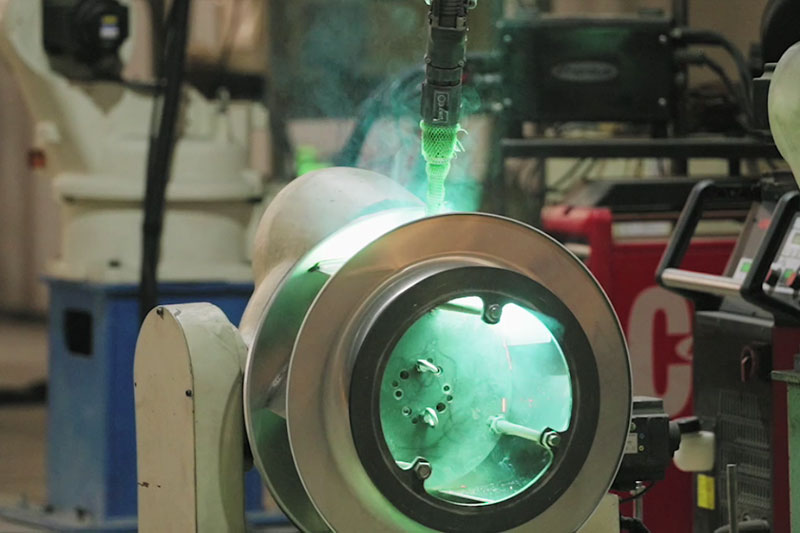The Art and Precision of Laser Cutting: Transforming Ideas into Reality
2025-06-04
Laser cutting has revolutionized the way industries create, design, and manufacture products. From intricate artwork to precision engineering parts, this advanced technology combines speed, accuracy, and versatility like never before.

What Is Laser Cutting?
Laser cutting is a manufacturing process that uses a high-powered laser beam to cut, engrave, or etch materials with exceptional precision. By focusing a laser on a specific point, the material melts, burns, or vaporizes, leaving a clean and detailed cut or design.
Why Laser Cutting Stands Out
1. Precision and Accuracy
Laser cutters can create extremely detailed and complex shapes that are difficult or impossible to achieve with traditional cutting methods.
2. Versatility Across Materials
From metals like stainless steel and aluminum to plastics, wood, fabric, and even glass, laser cutting works on a wide range of materials.
3. Speed and Efficiency
The process is fast and automated, making it ideal for both prototype development and large-scale production.
4. Minimal Waste
The narrow laser beam reduces material wastage and provides clean edges, often eliminating the need for secondary finishing.
Popular Applications of Laser Cutting
Industrial Manufacturing: Automotive, aerospace, and electronics industries use laser cutting for precision parts.
Architecture & Design: Creating intricate patterns and models.
Fashion & Textiles: Cutting delicate fabrics without fraying.
Signage & Advertising: Producing custom signs and displays.
Crafts & DIY Projects: From jewelry to personalized gifts.
Advantages Over Traditional Cutting Methods
No physical contact reduces the risk of material deformation.
Digital control allows for easy adjustments and reproductions.
High repeatability ensures consistent quality.
Can cut complex 2D and 3D shapes with ease.
Tips for Getting the Best Results with Laser Cutting
Choose the right material and thickness compatible with your laser cutter.
Optimize your design to minimize cuts and reduce production time.
Work with experienced professionals for intricate projects.
Consider post-processing options like polishing or painting for enhanced finishes.
The Future of Laser Cutting
With ongoing advancements, laser cutting continues to become more accessible and integrated with other technologies like 3D printing and CNC machining. Innovations in laser sources, software, and automation promise even greater precision, speed, and material compatibility.
Final Thoughts
Whether you’re an engineer, designer, or hobbyist, laser cutting offers unmatched precision and creative freedom. It transforms raw materials into finely crafted products with efficiency and minimal waste, making it a cornerstone of modern manufacturing and design.


